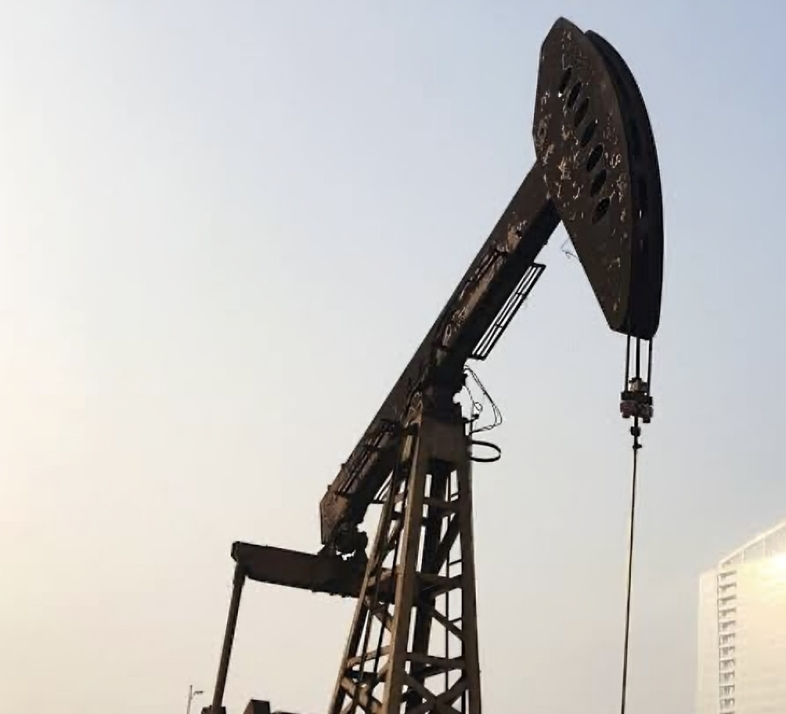KEY POINTS
- OPEC’s oil production in September fell to its lowest level in 2024.
- Libya’s disruptions and Iraq’s compliance efforts led to the supply drop.
- Iran increased its output despite U.S. sanctions.
A recent Reuters survey indicates that in September, OPEC’s oil production reached its lowest point of the year.
Disruptions to Libya’s oil supply and Iraq’s efforts to meet OPEC+ output objectives were the main causes of the fall.
Supply decline is led by Ibya. 26.14 million barrels per day (bpd) were produced by the Organization of the Petroleum Exporting Countries (OPEC) in September, which is 390,000 bpd less than the corrected August estimates.
At 300,000 bpd, Libya accounted for the majority of this decline.
Due to a political impasse over control of the central bank, which compelled the national oil firm to declare force majeure on oilfields, Libya’s oil output declined.
However, following the dispute’s settlement, production is anticipated to increase. Libya’s substantial influence on OPEC’s overall output can be attributed to its exemption from the production cut agreements of OPEC+.
Due to growing market fears about possible more disruptions amid already rising supply from non-OPEC sources, the supply cut caused oil prices globally to climb.
Iraq makes strides in compliance
Iraq accounted for the largest production reduction, excluding Libya. The nation aggressively reduced its output by 90,000 bpd in September in order to meet its OPEC+ production targets.
Nevertheless, in spite of initiatives to increase compliance, Iraq continues to produce more than its allotted share. Nigeria also had a decrease, producing 40,000 bpd fewer, mostly as a result of a drop in exports.
During this time, Iran was the only member of OPEC to witness a rise in output. Iran is still subject to U.S. sanctions, but it has increased exports and is currently producing at levels not seen since 2018.
Overall compliance issues
In September, the nine countries of OPEC that are part of the supply cut agreements combined produced almost 130,000 barrels per day more than their suggested objective.
The primary factor influencing this figure was Iraq’s overproduction. As OPEC+ continues to impose measures to stabilize the world’s oil markets, these members’ compliance levels are still being closely monitored.
The Reuters survey, which monitors the supply of oil to the market, was created by combining information from firms such as Kpler and Petro-Logistics, LSEG flow data, and shipping data from outside sources with insights from OPEC, oil corporations, and consultants.



